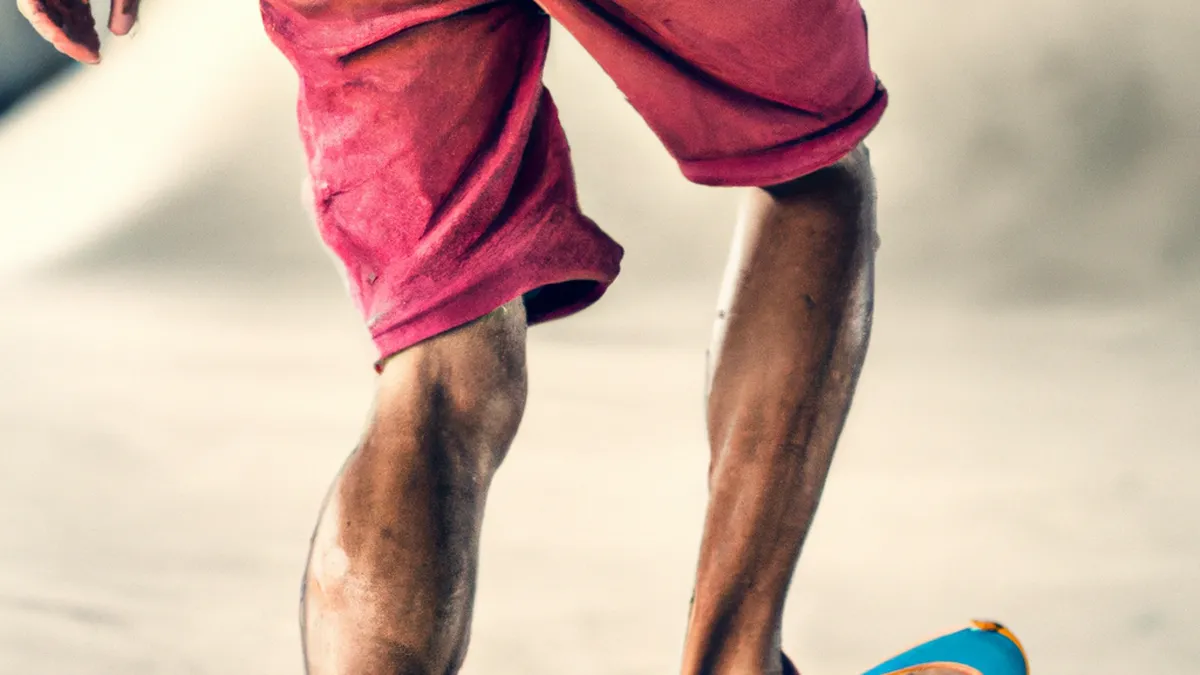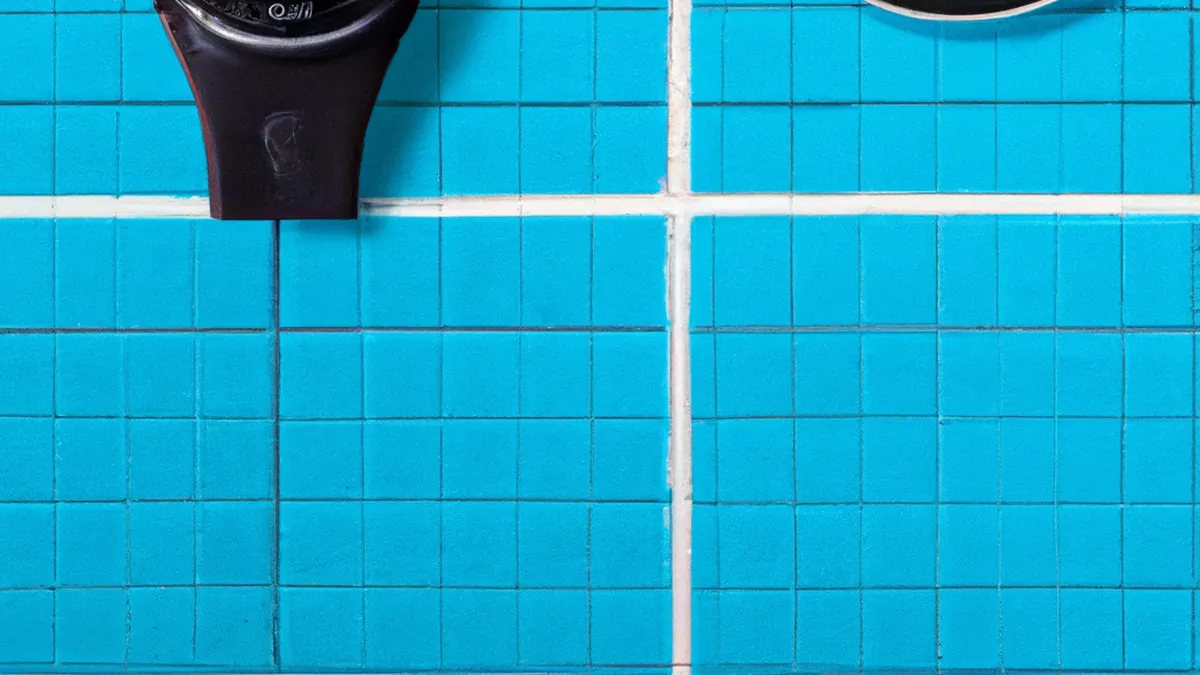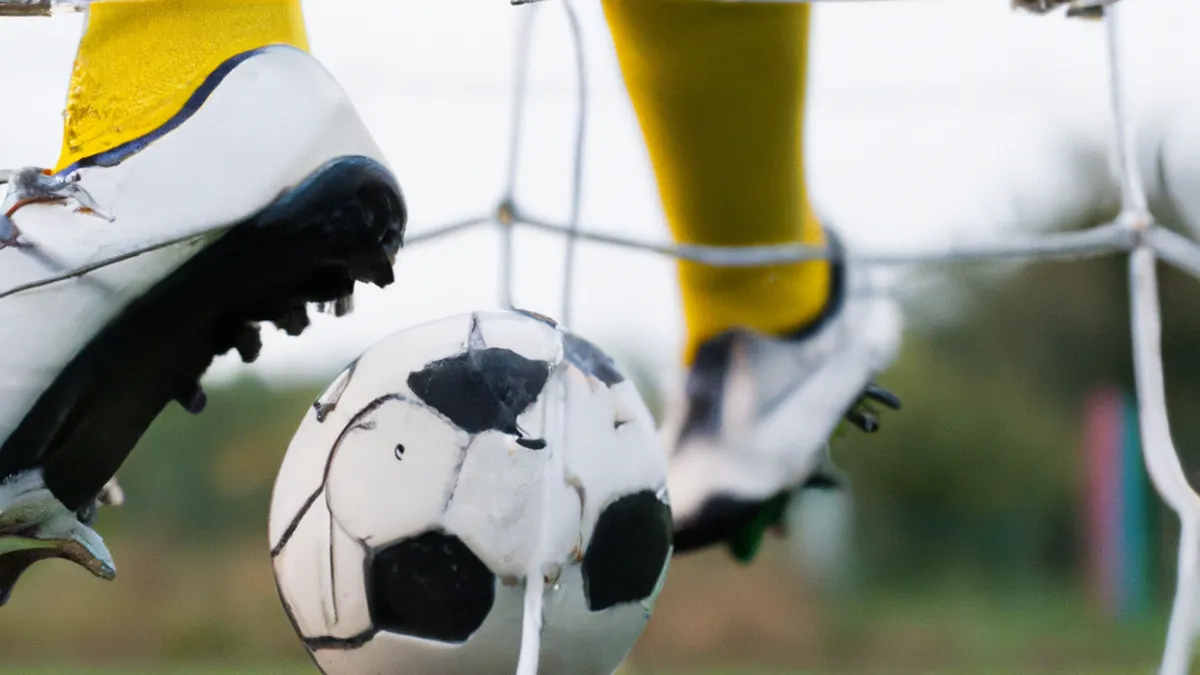Mindful Techniques to Boost Your Skating
Mindfulness Practices for SkatersSkating requires physical skill, mental focus, and emotional resilience. Ice or pavement skating can create stress, anxiety, or frustration. To enhance your performance, incorporate mindfulness into your skating routine. Mindfulness keeps you present, manages emotions, and boosts overall performance. Here are effective mindfulness techniques for skaters.
Understanding Mindfulness
Mindfulness means being fully present in the moment. It involves observing your thoughts and feelings without judgment. Engage deeply with your environment and body. When you skate mindfully, you connect with your movements and sensations. This practice can reduce tension and improve your performance.
Why Mindfulness Matters for Skaters
Skating challenges you mentally and physically. Pressure to perform well can create anxiety and stress. Frustration from not mastering new tricks can hinder motivation. Mindfulness helps manage these feelings. By focusing on your breath and sensations, you can reduce distractions, enhance concentration, and improve skills.
Tips for Mindfulness Practices
As an Amazon Associate I earn from qualifying purchases.
Gear tip: consider compression sleeves, compression socks, and percussive massager to support this topic.
Incorporate mindfulness techniques into your skating routine. These practical strategies can elevate your performance:
1. Breathing Exercises
Breath control plays a vital role in skating and mindfulness. Practice deep breathing exercises before skating. Find a quiet spot, close your eyes, and focus on your breath. Inhale deeply through your nose, letting your abdomen expand. Hold the breath briefly, then exhale slowly through your mouth. Repeat for five minutes. Concentrate on the air entering and leaving your body. This calms your mind and prepares you to skate intentionally.
2. Body Scanning
Body scanning connects you with your physical sensations. While seated or lying down, close your eyes. Focus your attention on your feet. Gradually move awareness up your body, from toes to ankles, calves, knees, thighs, and so on. Notice any tension, discomfort, or relaxation. Acknowledge these sensations without judgment. This awareness improves your balance and posture while skating.
3. Visualization Techniques
Visualization serves as a powerful mental tool for skaters. Before skating, close your eyes and picture yourself in action. Imagine each movement, including foot placement, jumps, and spins. Visualize success—feeling confident, fluid, and in control. This mental rehearsal prepares your mind for performance.
Conclusion
Mindfulness enhances your skating experience and performance. Incorporate these techniques to manage emotions, reduce stress, and elevate skills.
Below are related products based on this post:
FAQ
What is mindfulness in skating?
Mindfulness in skating refers to being fully present in the moment while skating. It involves observing your thoughts and feelings without judgment, allowing you to connect deeply with your movements and sensations.
How does mindfulness benefit skaters?
Mindfulness helps skaters manage anxiety and stress that may arise from performance pressure or frustration. By focusing on breath and sensations, skaters can enhance concentration, reduce distractions, and ultimately improve their skills.
What are some mindfulness techniques skaters can use?
Skaters can use techniques such as breathing exercises, body scanning, and visualization. These practices help calm the mind, improve balance and posture, and mentally prepare skaters for their performance.















Post Comment